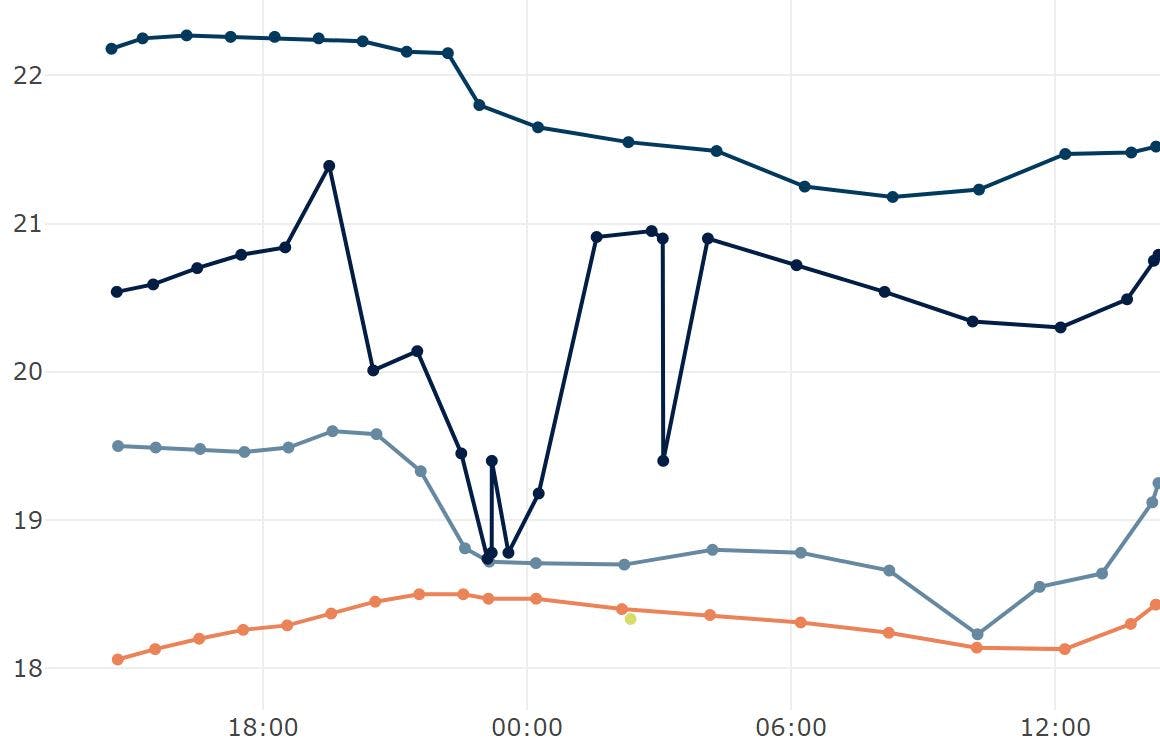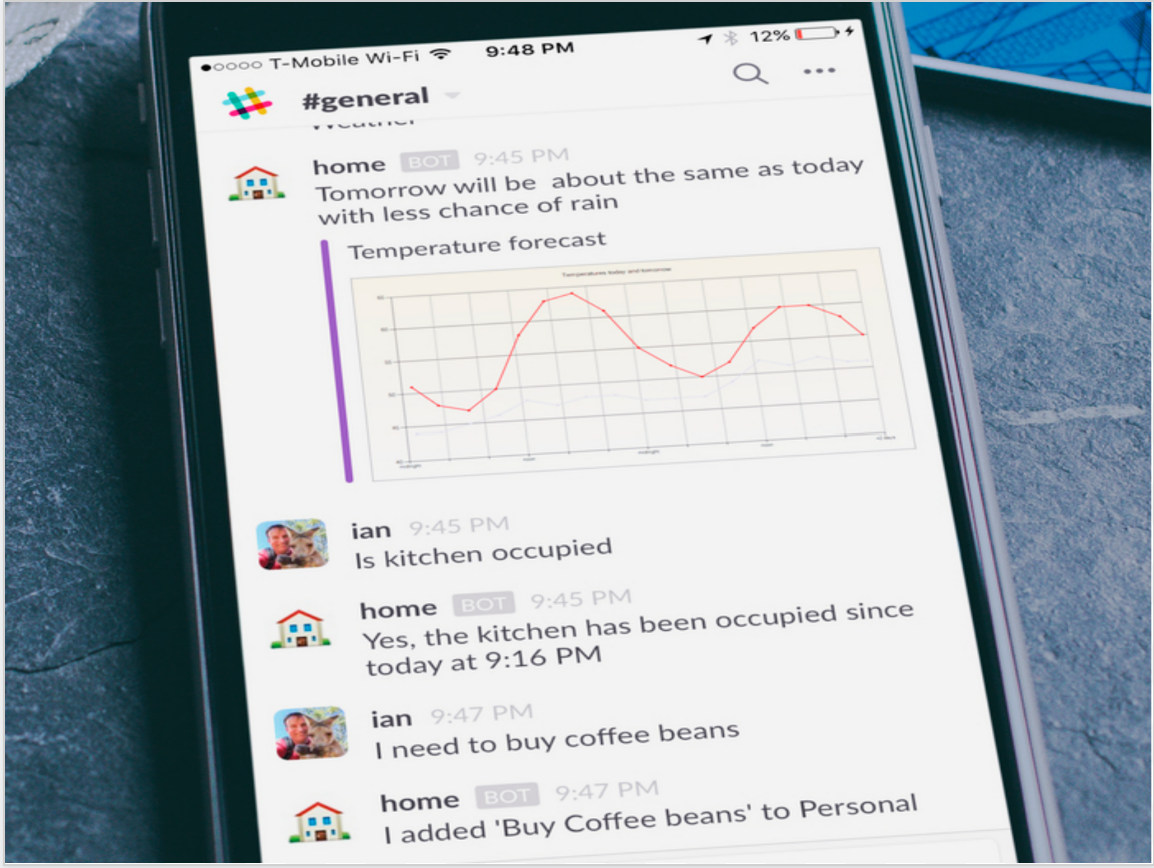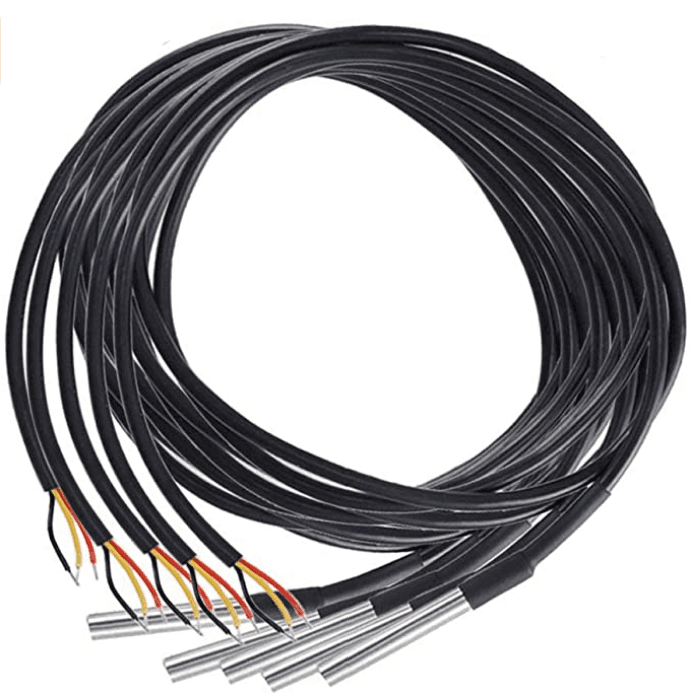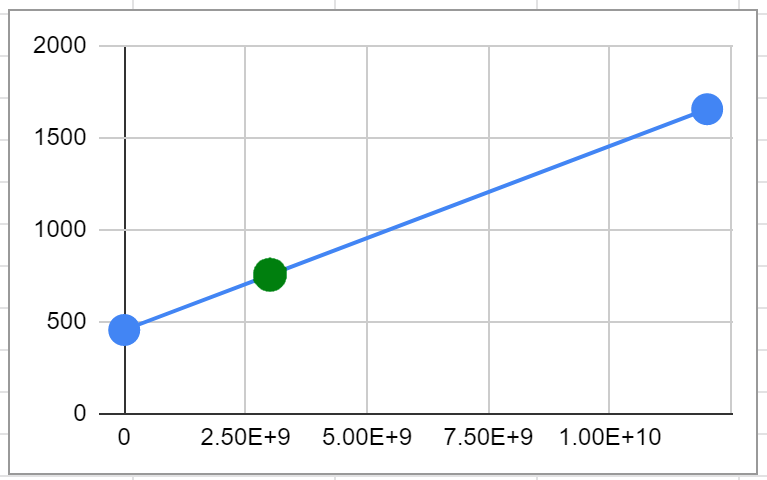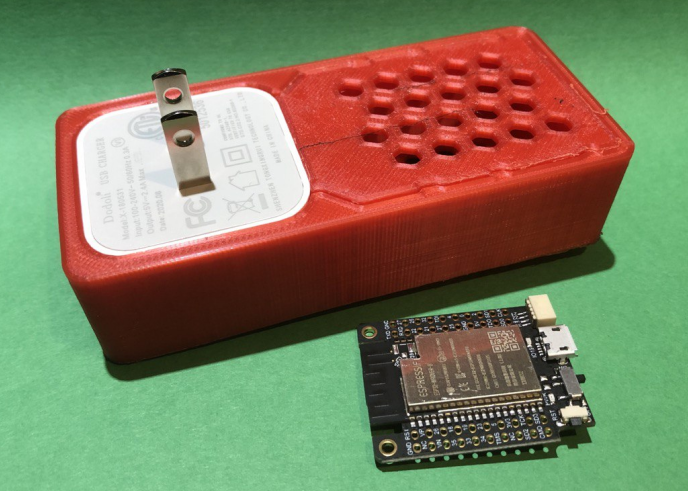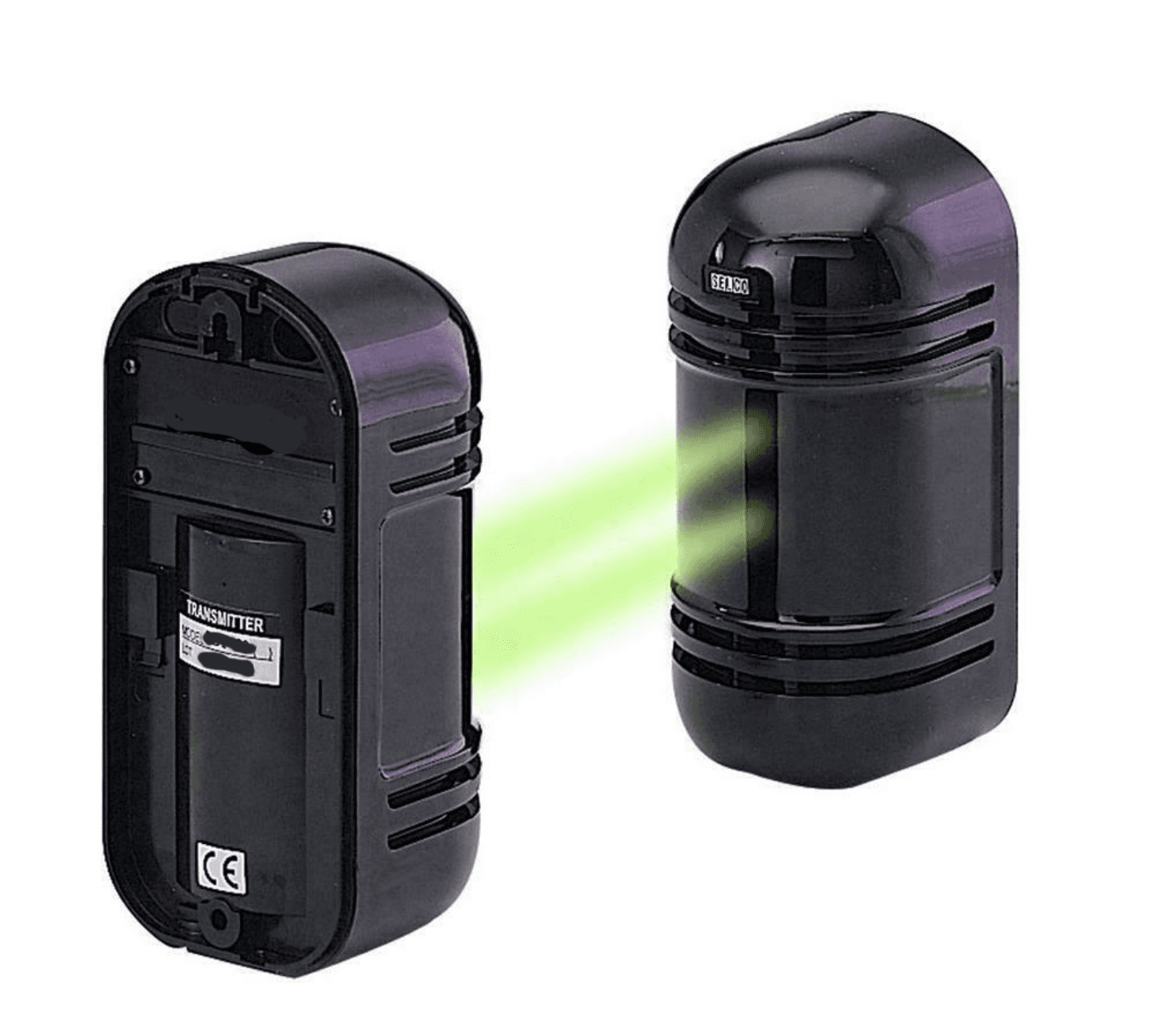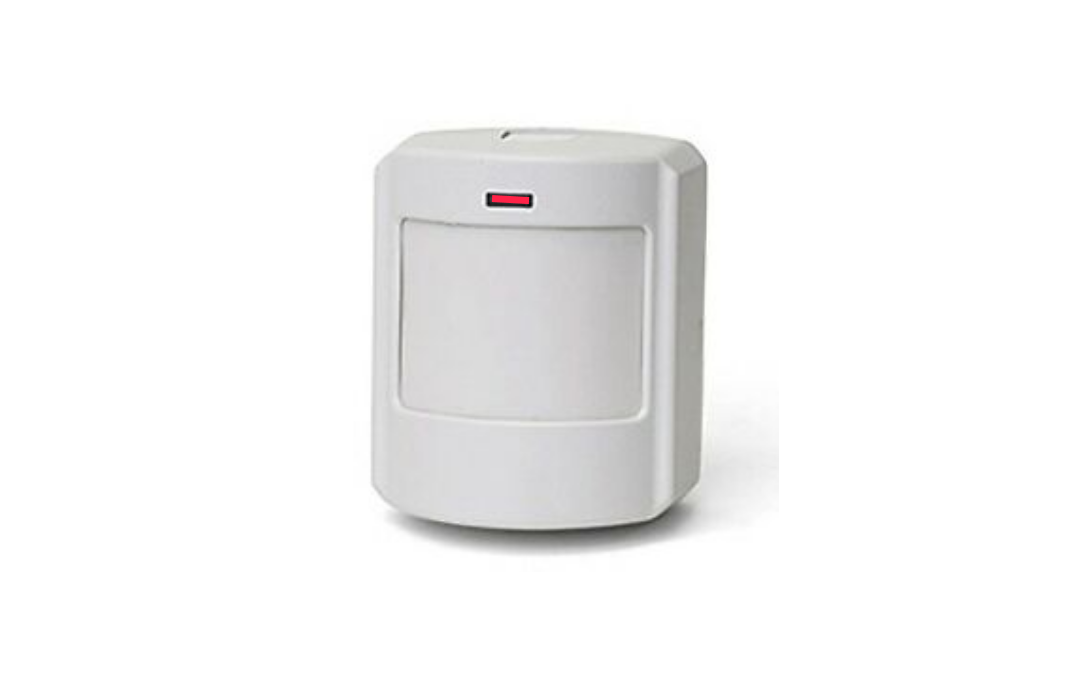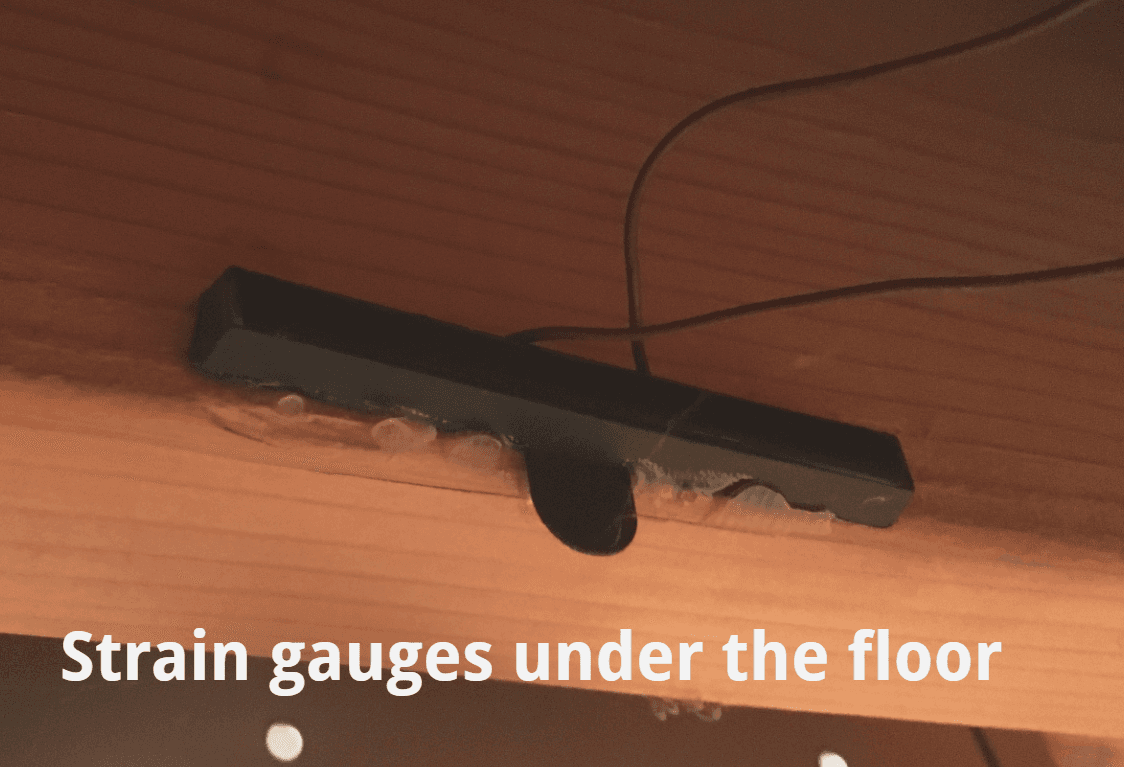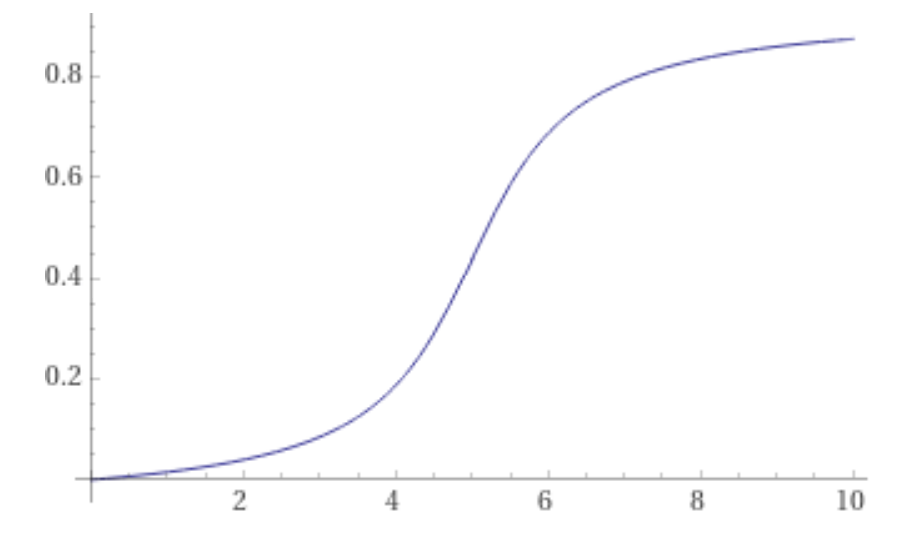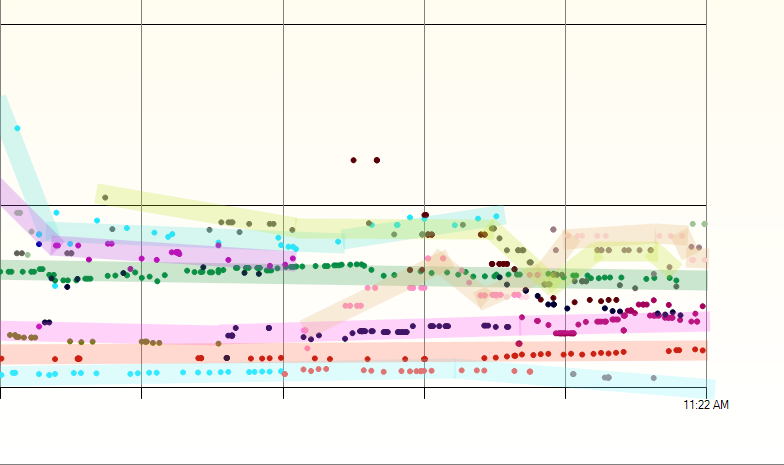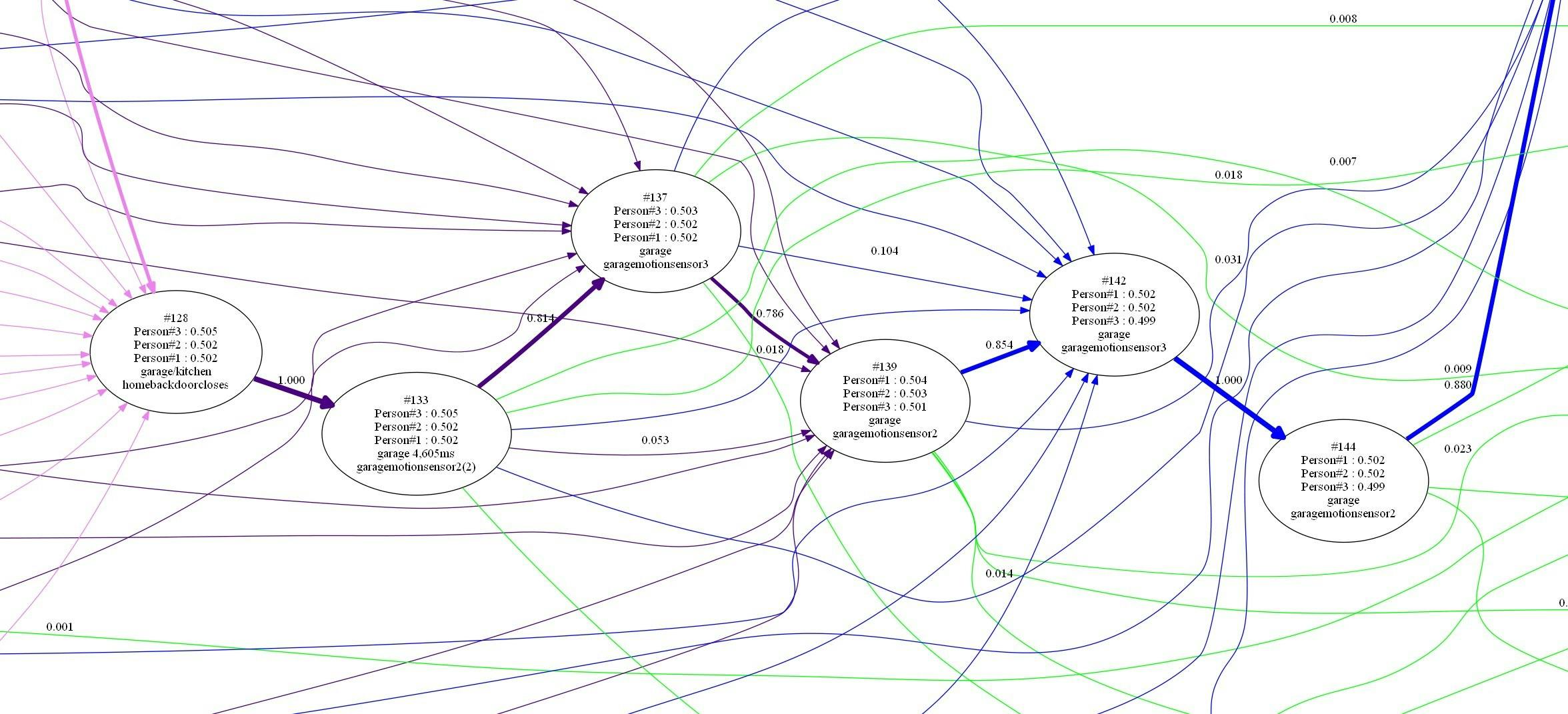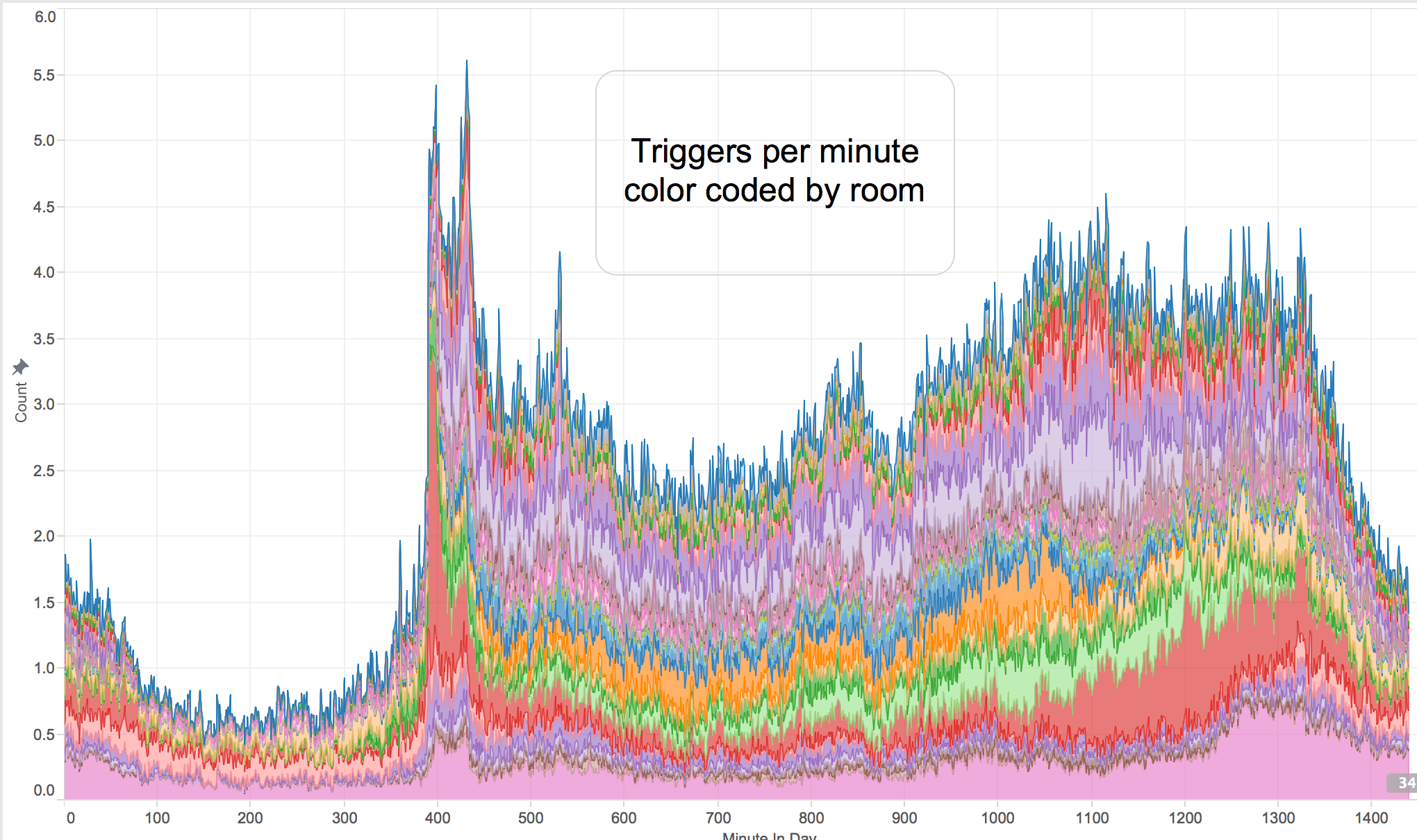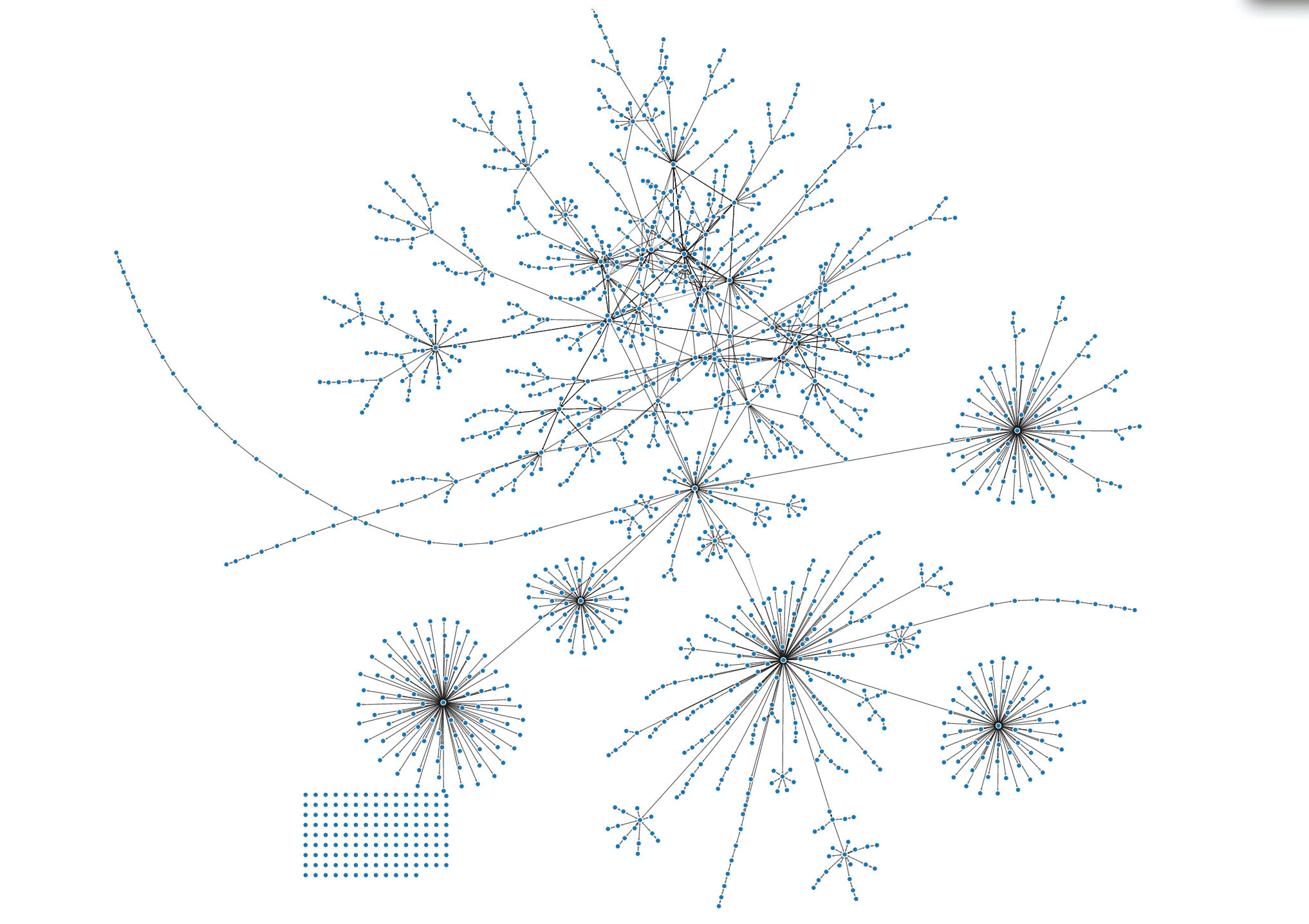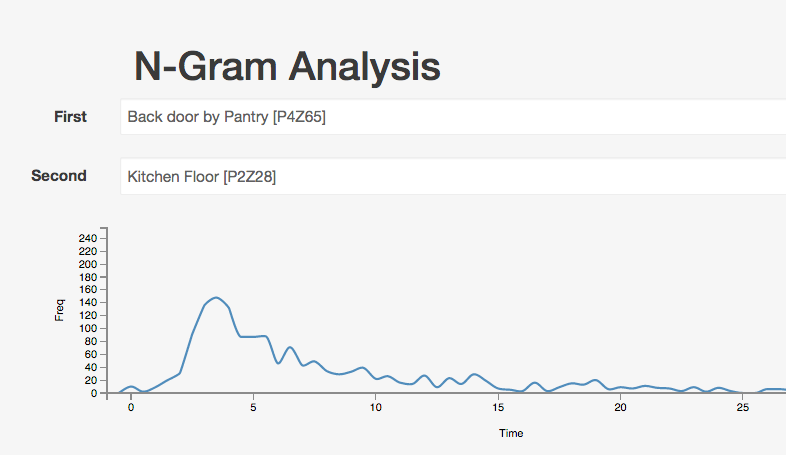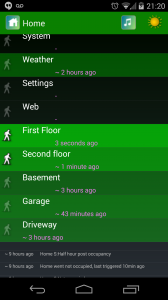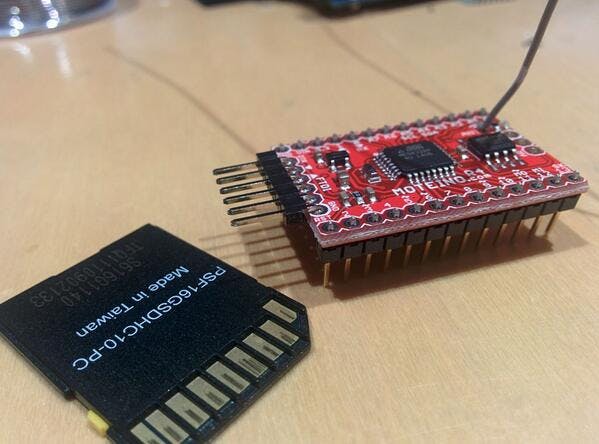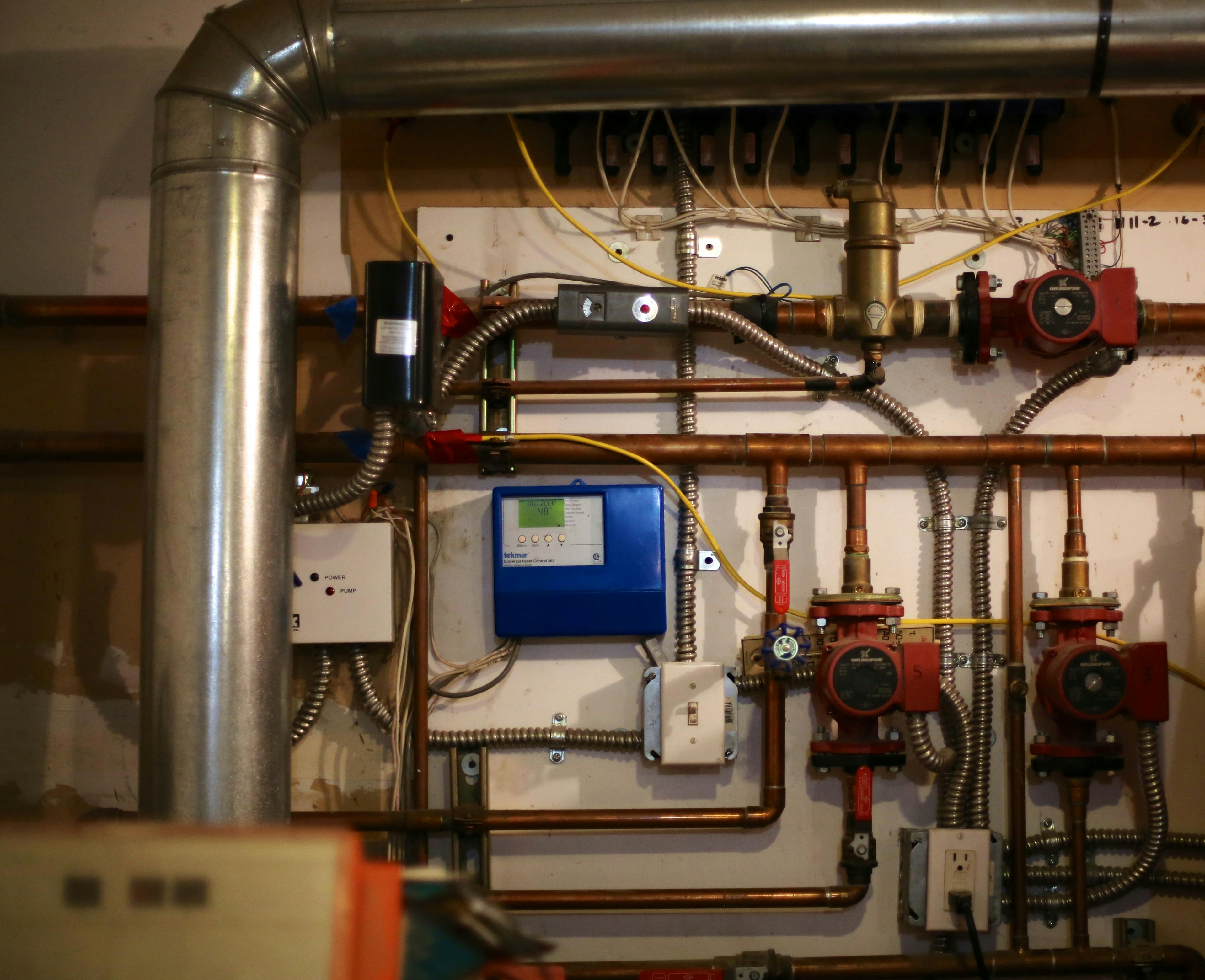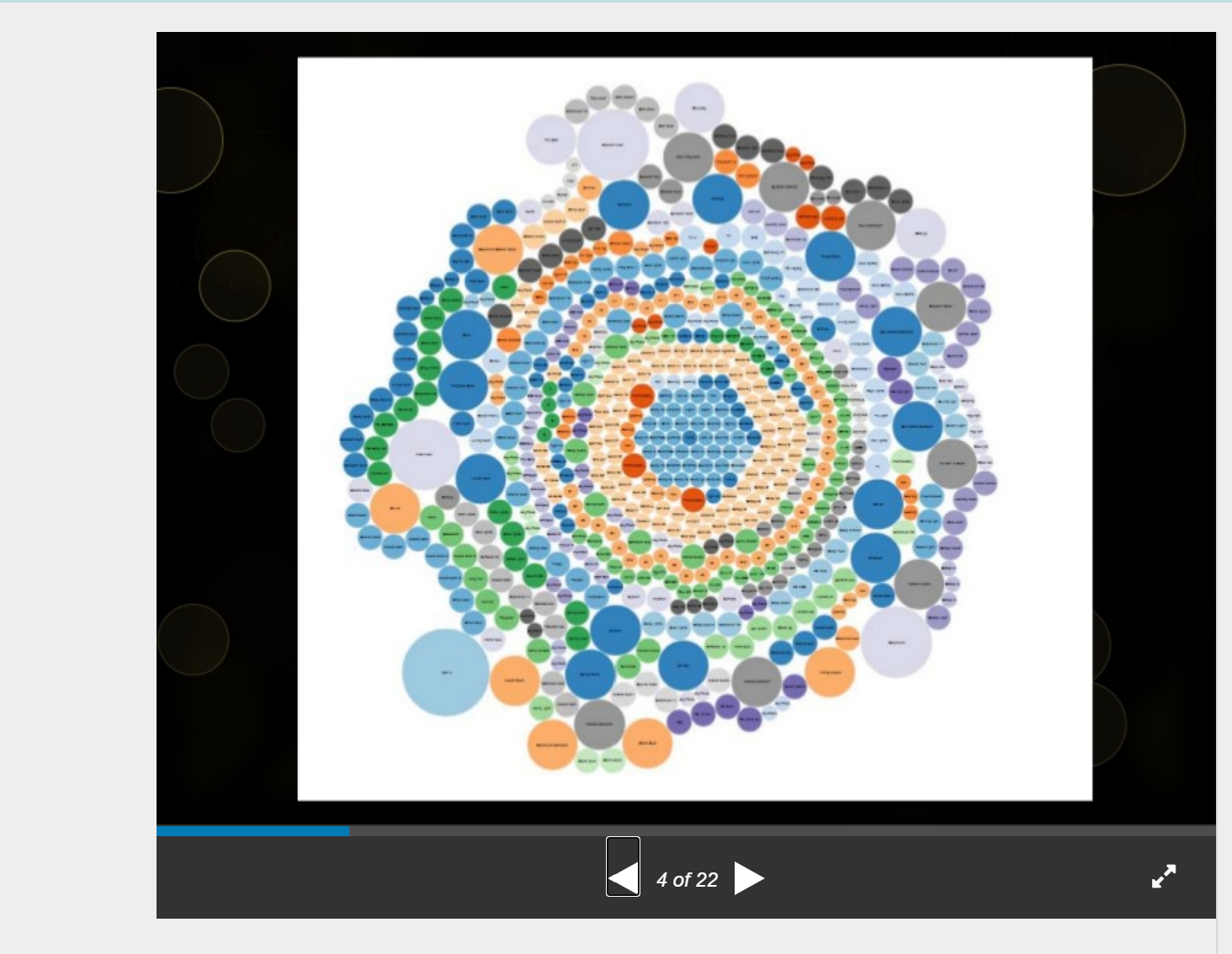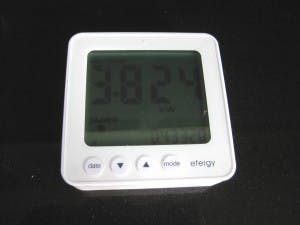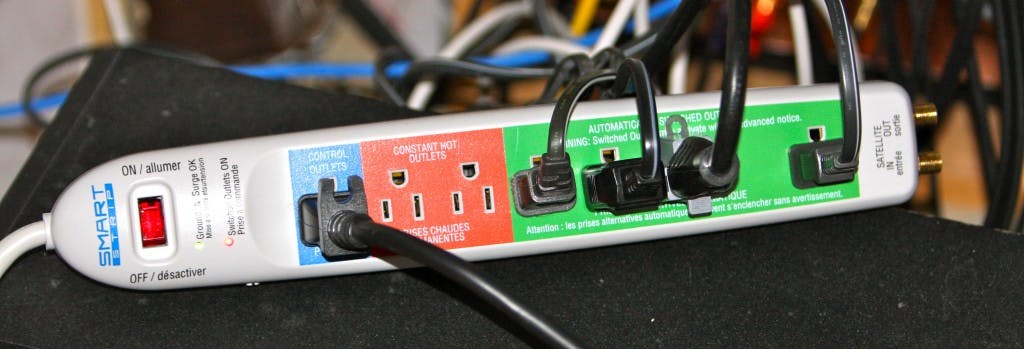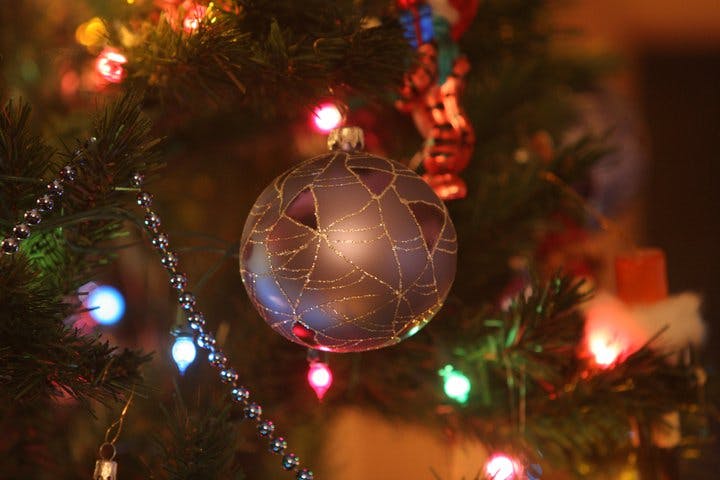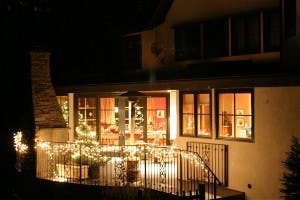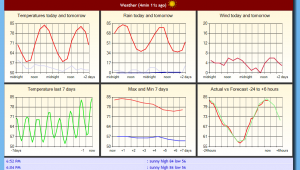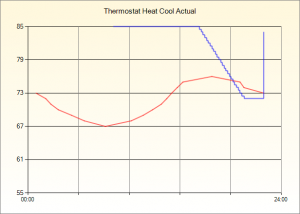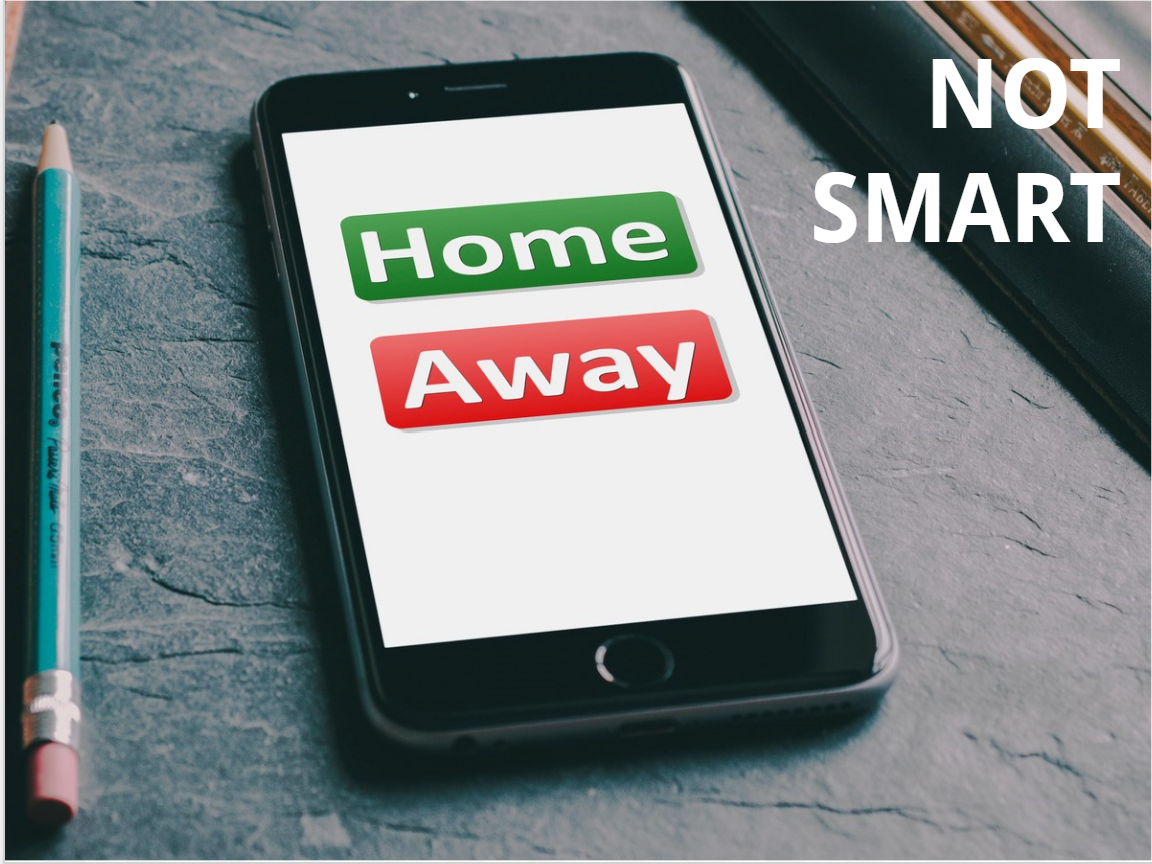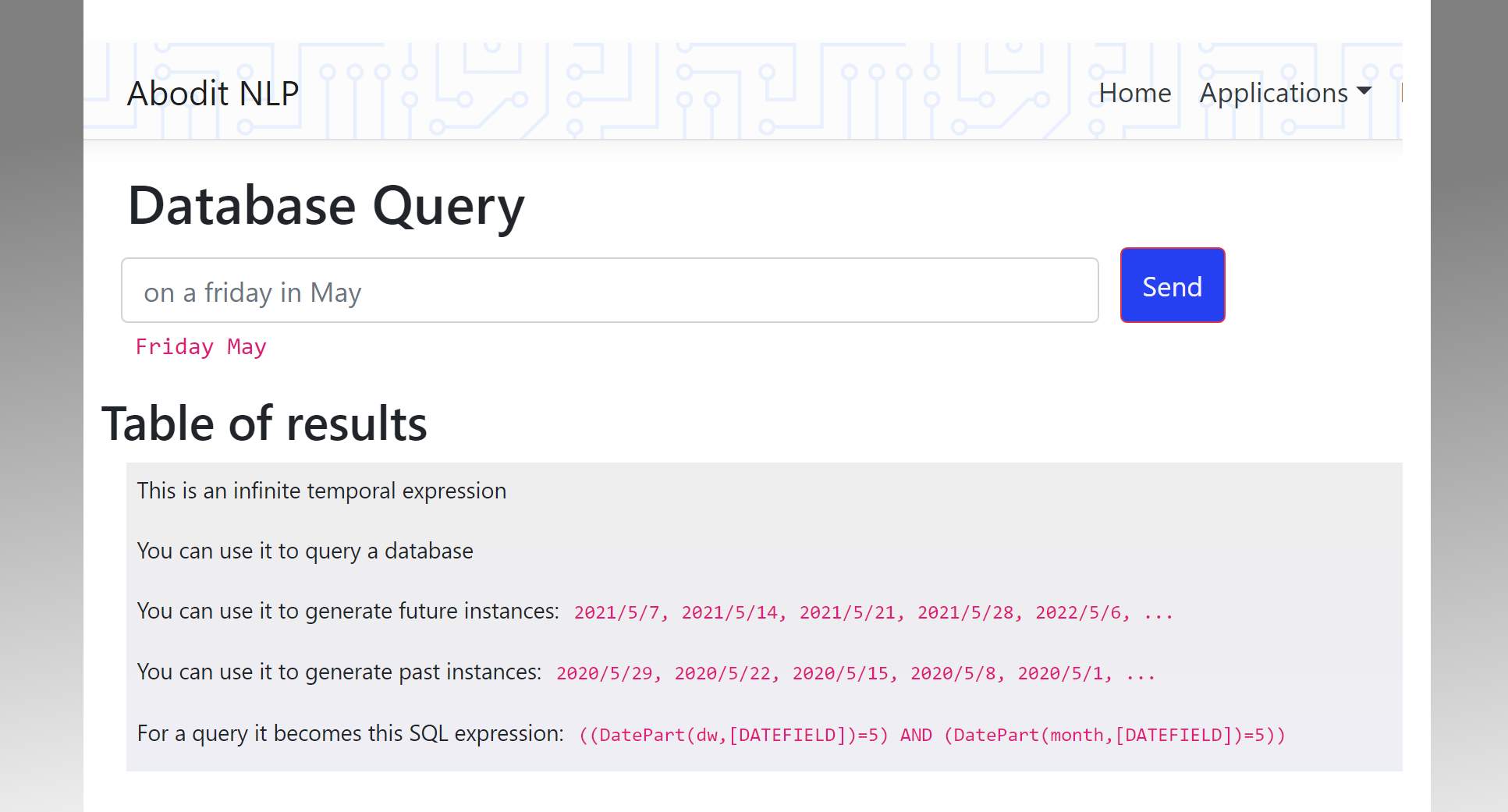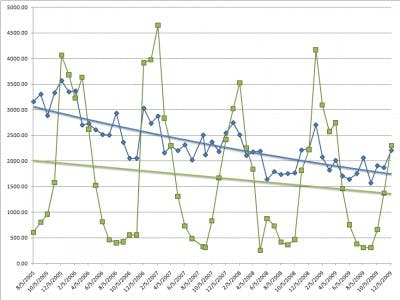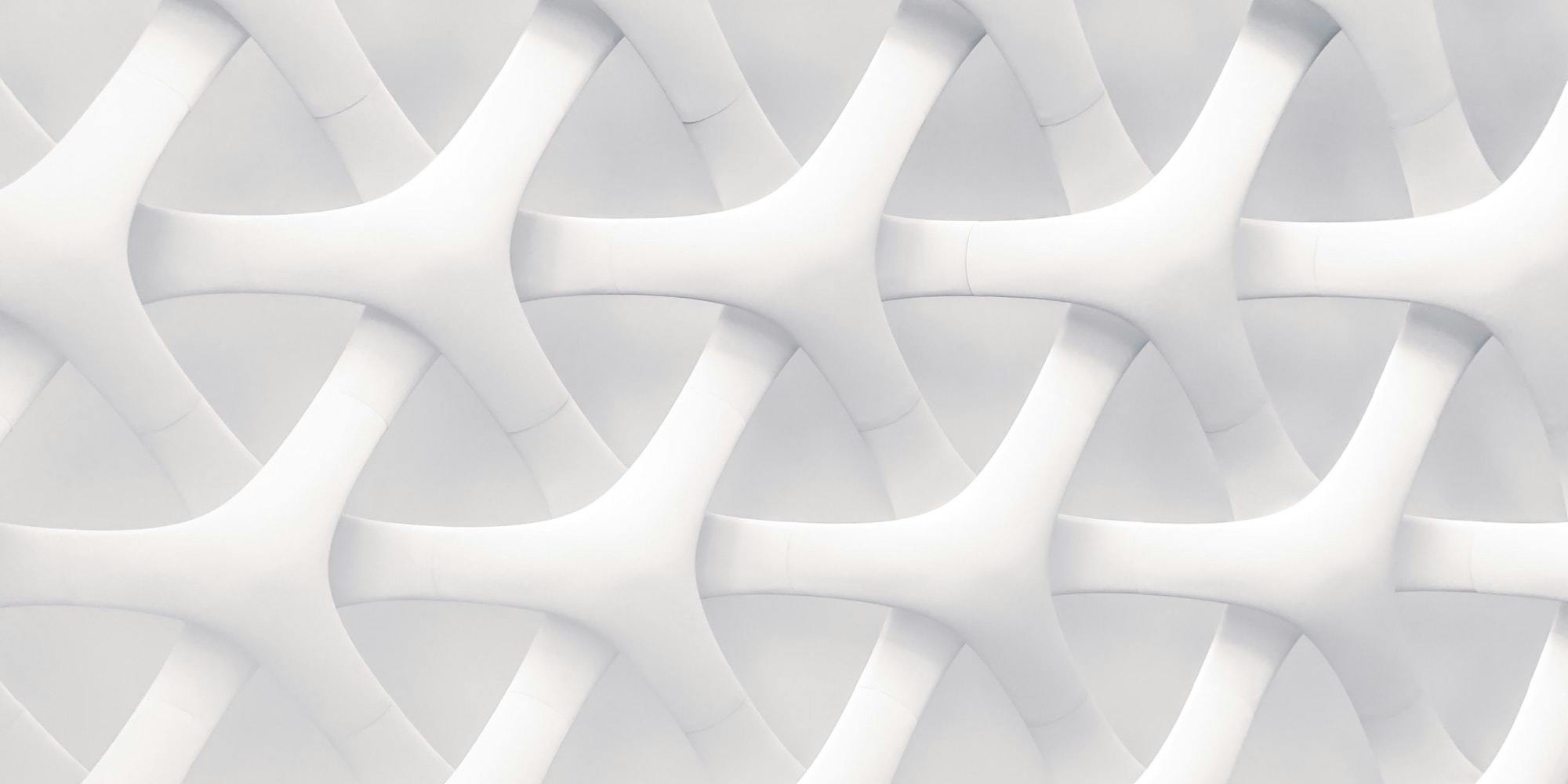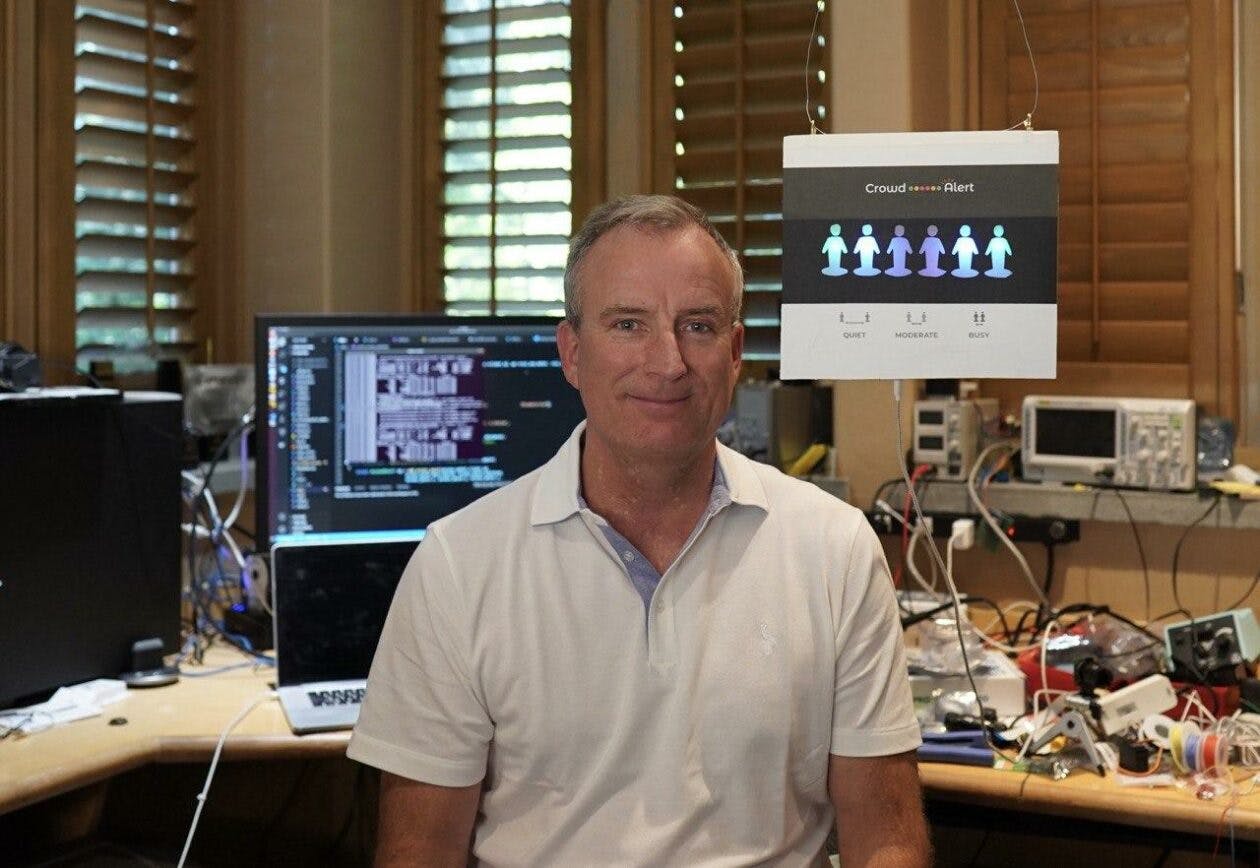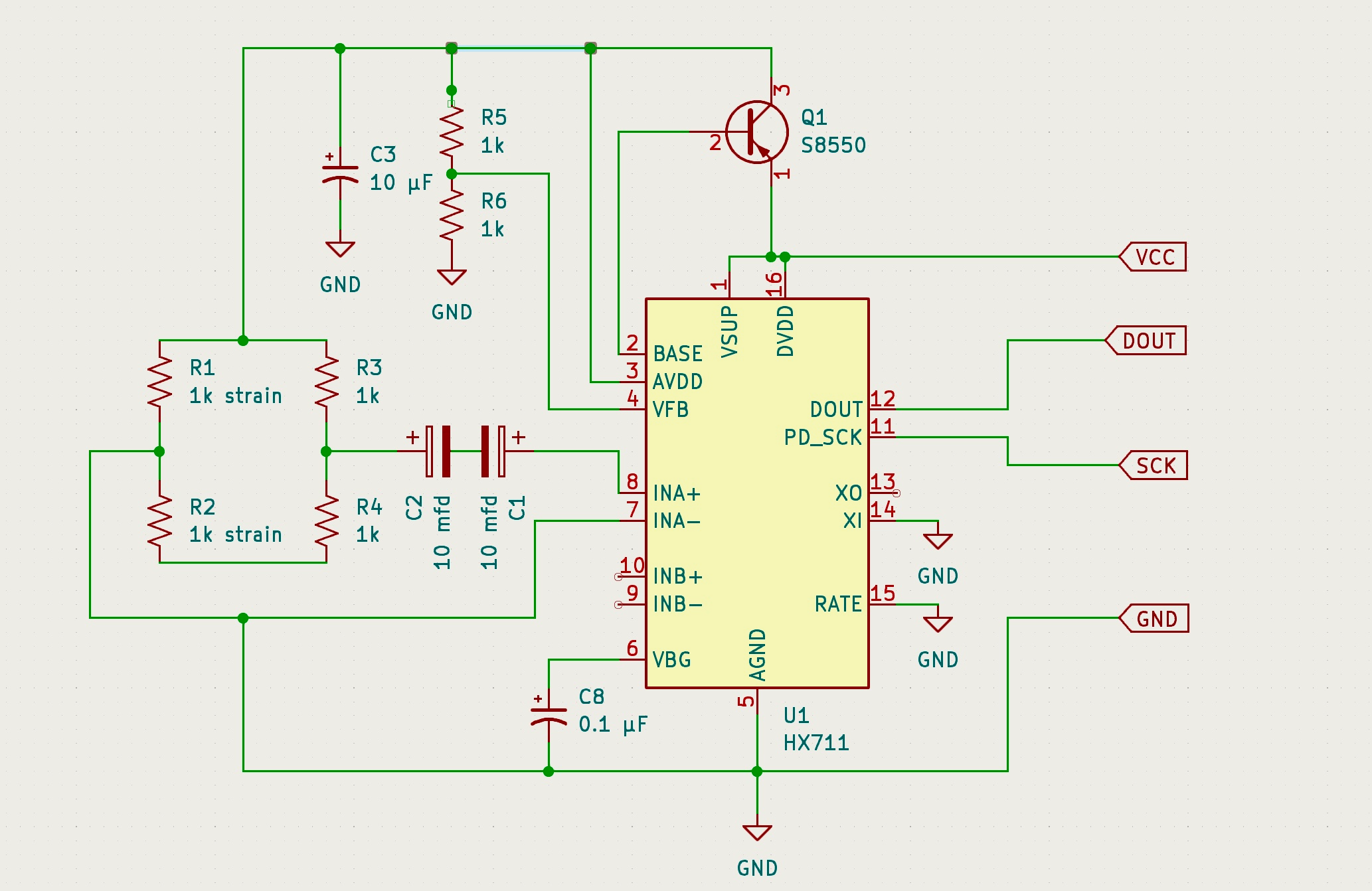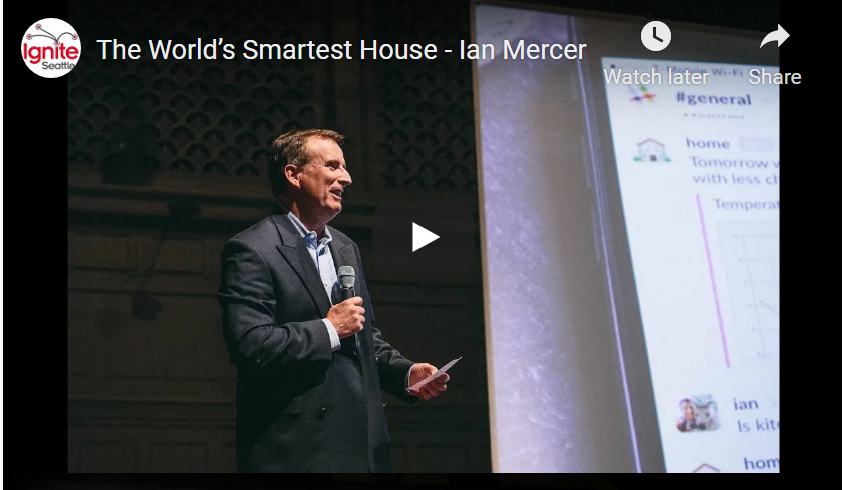The Internet of Hubs (and things)
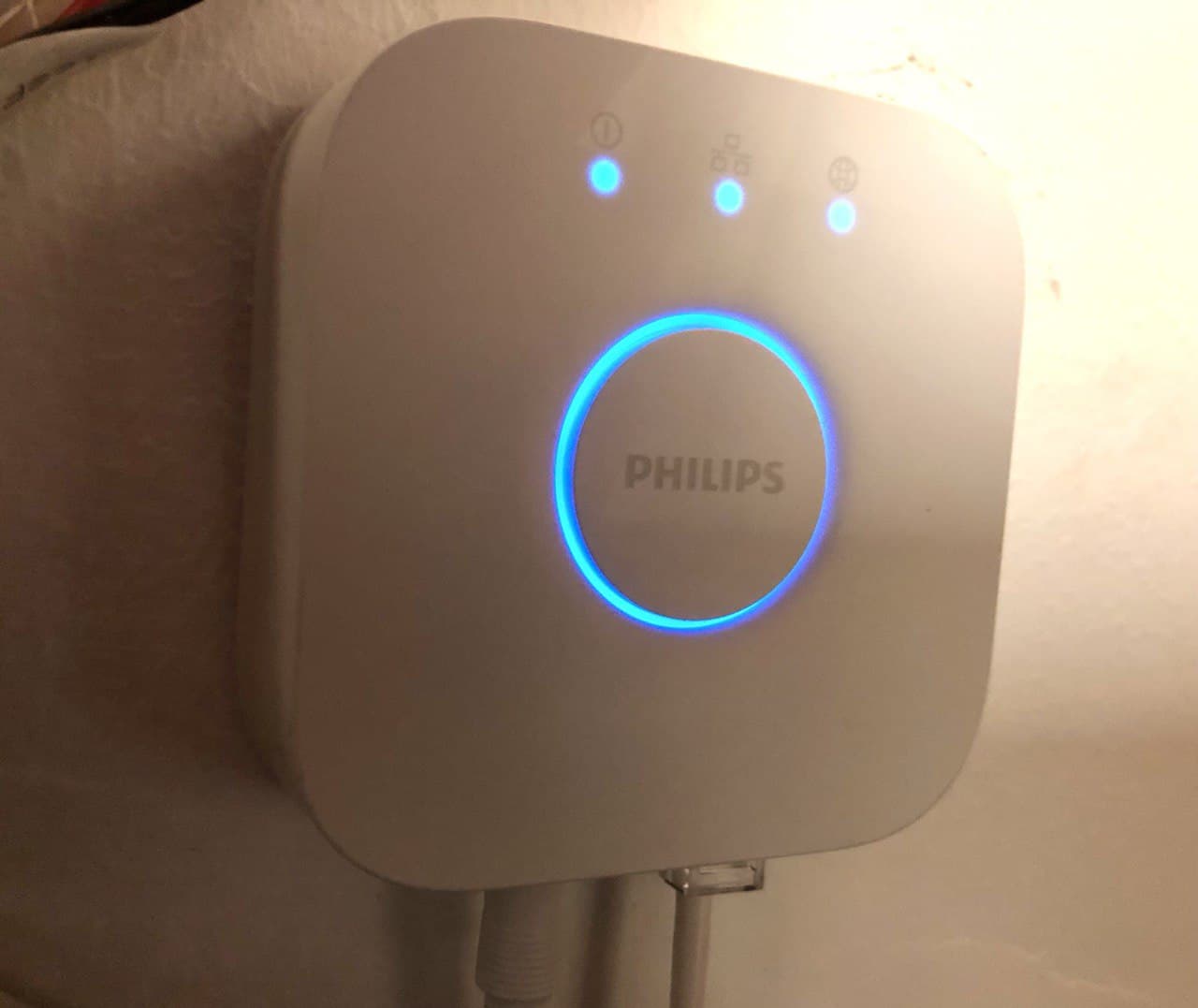
Over the past year many large companies have been scrambling to jump on board the so-called ‘Internet of Things’ bandwagon and many small companies have launched new internet connected devices. Sadly, based on my decade plus of experience connecting devices to my home automation system I have to report that there are many misguided ideas going around.
People are promoting ideas that, in the long-run, are either far too simplistic, simply not interesting, or downright annoying. I watch product managers (with no real smarts in their own homes) explaining scenarios that I’ve tried, found to be utterly pointless (either personally or with input from family and friends experiencing them), and have since removed from my home automation system.
My voyage has been motivated not just by trying to figure out what’s possible but equally what features are compelling not just immediately but after months or years of use.
Maybe someone can learn from these comments and we can move more quickly to scenarios that really matter and features that really work in a way that improves lives instead of adding ever more alerts that we don’t need to our already over-interrupted lives.
Here's my top ten Internet Of Things fallacies:
1) Devices will talk directly to each other.
A typical news story about the internet of things proposes a scenario with one sensor (e.g. a garage door switch) telling one light to come on. In reality the appropriate decision to turn a light on (or off) is far more complex. It might involve multiple occupancy sensors including motion and doors; it might be sensitive to the time of day; it might take into account what state the house is in (party, vacation mode, …); it might even consider how bright it is outside; and it might rely on vast quantities of stored history that are needed for it to learn effectively which lights to turn on in which circumstances. You will instead have one or more hubs that concentrate data from multiple sensors, that store that data, that execute complex rules, and which then control multiple devices.
It isn’t going to be an “internet of things”, more an“internet of hubs talking to things”.
2) One protocol to rule them all
These hubs will often use protocols other than IP to talk to the sensors and they will use wireless technology other than Wifi in order to punch through 1,000 feet of space and walls. In my own home there are at least eight different types of hardware connection including three different wireless frequencies (2.4GHz, 900Mhz and 433Mhz) and even more protocols flowing across them.
Worse, many of these proposed #iot protocol standards have no concept of metadata. We need standards that allow rich metadata for every sensor so that they can be discovered and incorporated into the algorithms that will run our smart houses. Metadata such as the type of sensor, its location, its distance to other nearby sensors and metadata about the home itself (rooms, floors, connections between rooms, audio pathways, visual pathways, …) will be necessary in order to ‘do the right thing’ autonomously and without complex programming.
It’s going to be a polyglot world for a long-time to come and home automation hubs need to communicate over many different protocols.
3) No home will need more than 256 devices.
Yes, amazingly, in 2014 I’ve seen proposals for protocols that allow only 256 devices per home and product managers explaining how this will be sufficient: "Scalable to connect 250+ devices into a single network supporting multiple hops”. 256 devices wasn’t sufficient back in the days of X10 and it still isn’t. Our house is already well beyond 256 devices and the number grows every month.
4) Logic for home automation will be simple If-This-Then-That type logic
Many vendors are claiming that we’ll be programming our houses with simple if-this-then-that type logic. In reality, to do a great job, the logic for even a single light coming in is vastly more complex. Frustration with the home automation software available at the time when I started down this path was precisely because that's all they could do then. I developed my ‘Sequential Logic Blocks’ technology (akin to Rx but with persistence) to move beyond the simplistic approach. Take the example of a bathroom light: the logic that decides it should come on involves the sensors in the room next to it, the door sensor, the motion sensors in it, the light level outside and the time of day. And it doesn’t just come on, it comes on at a brightness level that’s time of day appropriate because nobody wants to be blinded by a light at 100% in the middle of the night.
5) All the logic can live in the cloud
In reality, when you open a door you expect the light to come on within 100ms. Anything more than that is noticeable. If all sensor data is sent to the cloud and then the signal is sent back you are already into the realm of 'this feels slow'. I've upgraded my home automation server three times over the years and finally have a responsive system running on a Core-i7 Intel NUC.
6) No need to store data, just compute it using data-flow approaches (with no persistence)
In reality, to do a great job the home needs a lot of historical data, not just days or weeks, but months or years worth of data. Only with this volume of data can we start to use machine learning to learn all the possible scenarios that can occur and how the house needs to adjust its behavior. Even after 10 years I'm finding new scenarios that create unexpected behavior - like the arrival of our new puppy and 3AM trips to the garden.
7) All the data can live in the cloud
Maybe some day this will be true, but today this would be cost prohibitive even for the data I'm accumulating today. Monthly storage costs for the data I already have would be >$20/month, and that's S3 pricing not some indexed, NO-SQL database in the cloud. And, even when you do have all the data in the cloud, you will still need to store recent state locally to allow rapid decisions (see #5).
8) Users will program their homes at all
Home Automation has always been a hobbyist, hacker -type activity. If the installation involves coding (even fairly simple coding), then most people are not going to do it.
What's needed instead is vastly more complex algorithms using machine learning that can produce the desired results with relatively little user input.
9) Your house will alert you constantly to what’s happening
I saw a video recently where the house speaks the weather when you open a cupboard door in the kitchen. This is one of the many 'alert' or 'notification' scenarios I see vendors touting all the time and it honestly isn't very interesting, in fact, it's really rather annoying. There are also countless Kickstarter projects that will notify your smartphone when a garage door opens or such-like.
I've tried announcements like this, and notifications for simple events, and after a while they have all been turned off. a) Announcing the weather in detail isn't interesting most days - my house might explain the weather as "same as yesterday" which is all you need to know; b) If the weather is the same as yesterday you really don't need to know; c) Other people will open the cupboard door and be surprised by this announcement (cleaners, visitors, …).
The ideal home automation system only alerts you when something unusual happens and to do that it needs historical data and smarter logic.
10) Bleeping, binging or other noises are suitable alerts
No, no and no. The ideal alert noise is a noise that you will recognize but that your friends wouldn't even hear if they were over. A subtle bird tweeting, an owl hooting, or no sound at all, just a glanceable RGB LED projecting onto a wall are all better ways to communicate alerts.
The ideal home automation system will blend into the fabric of the house itself giving subtle cues without adding to the ‘notification-noise’ already drowning out our thoughts.
So that's my top ten. There's a lot more detail behind each of these and a lot more ideas for what home automation systems need to look like to be successful. There are also many anecdotes to tell along the way, like the time Google crawled my house and turned every light on and off, one-by-one.
I've had the opportunity to consult with at least one of the largest consumer electronics companies on the world on this topic, I have a data-sharing partnership with some of the top researchers in this field, and I've also spoken at some local meetups about my work as I continually strive to improve what I believe is probably the "World's Smartest House".
